Which Russian sites are worth including on the UNESCO World Heritage List?
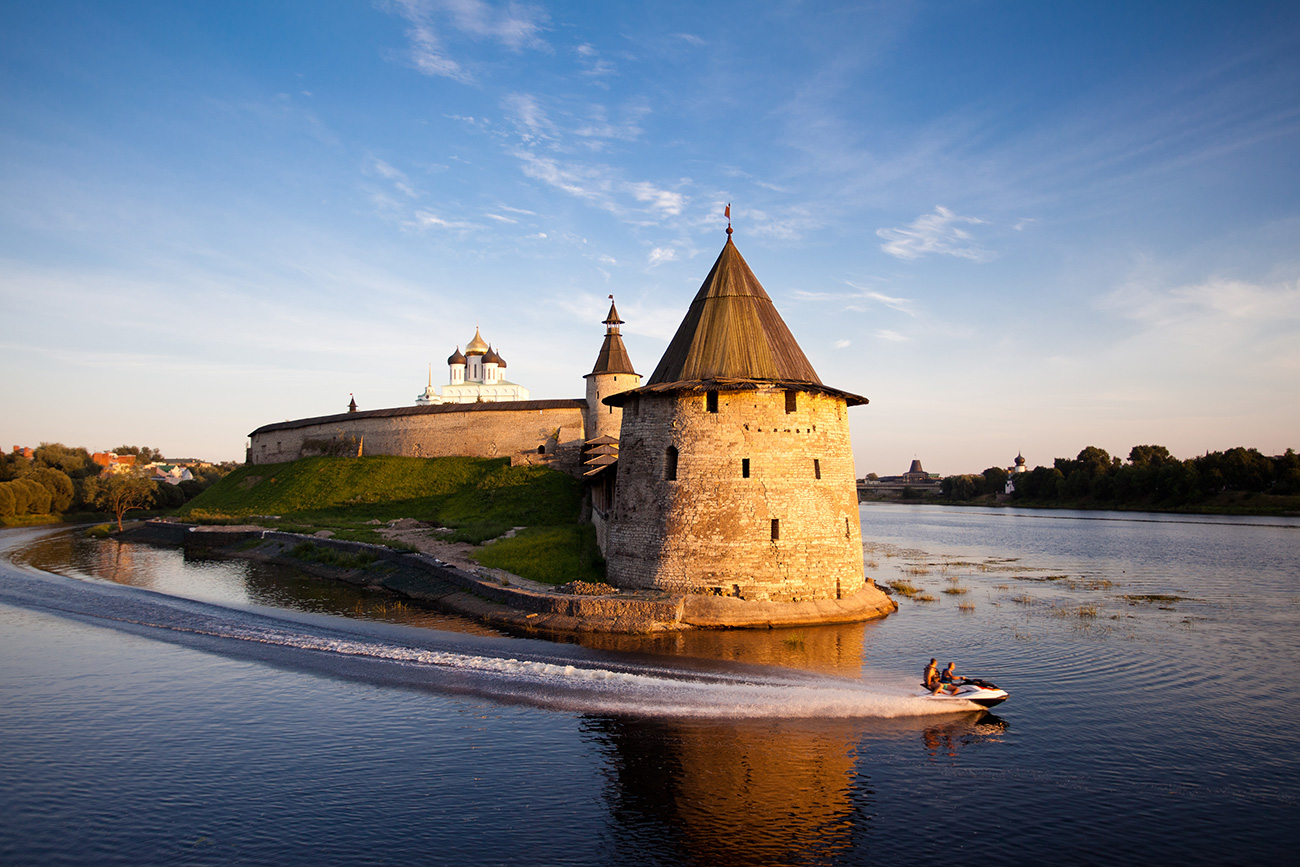
Kremlin in Pskov, Russia
Vostock-Photo1. Great Pskov
 Kremlin in Pskov. / Vostock-Photo
Kremlin in Pskov. / Vostock-Photo
Russia might suggest the historical center of Pskov and its ancient environs (450 miles west of Moscow) to the UNESCO committee in 2018.
Great Pskov includes over 15 sites of nature, culture and the early history of the ancient Russian state in the Pskov Region. Among these are the 12th-century Mirozhsky Monastery with its unique frescoes, and the towers of the Pskov Kremlin.
2. Yuriev-Polsky
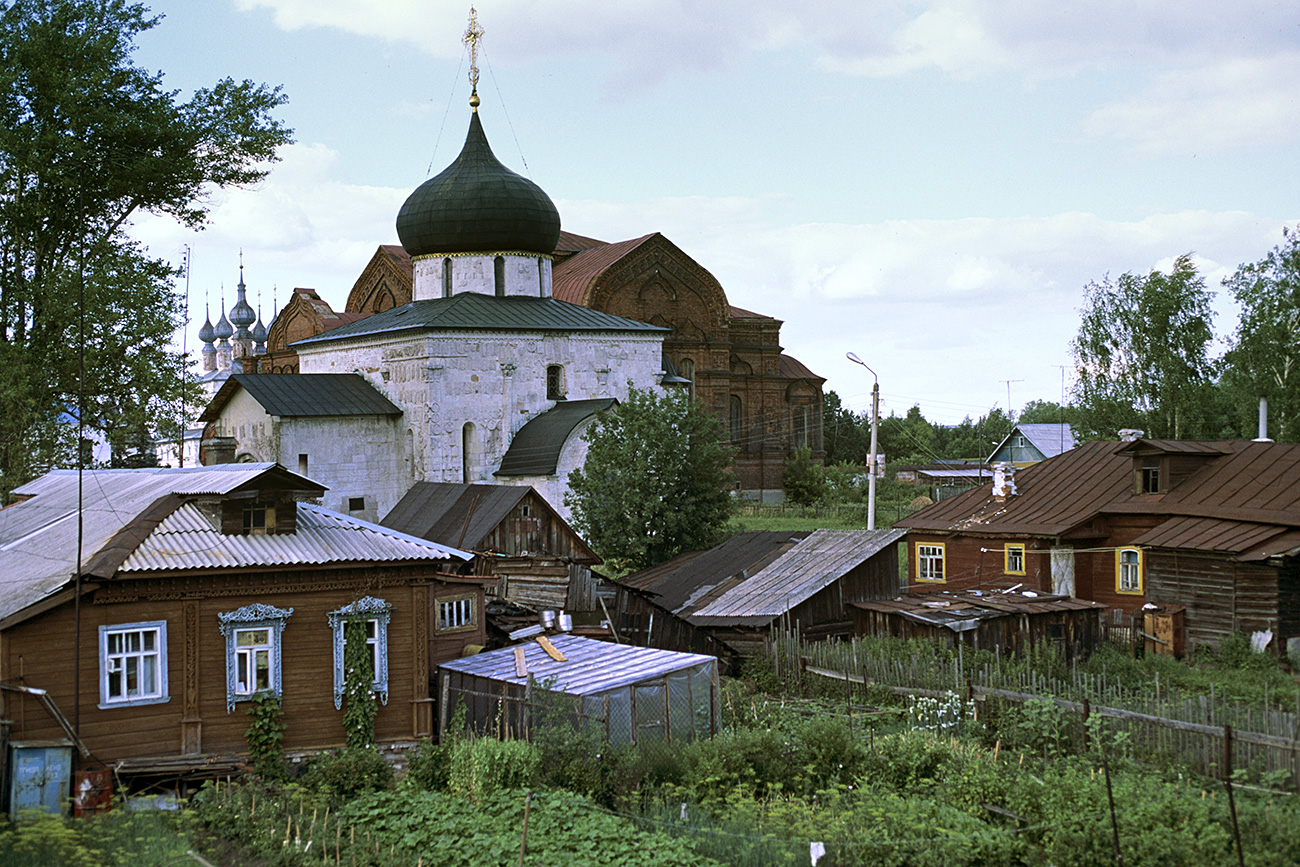 St. George's Cathedral in the town of Yuriev-Polsky. / Yuriy Kaver/RIA Novosti
St. George's Cathedral in the town of Yuriev-Polsky. / Yuriy Kaver/RIA Novosti
The famous St. George's Cathedral, built in the first half of the 13th century in Yuriev-Polsky (120 miles east of Moscow), attracts tourists from all over the country because of its unique white-stone carvings.
The cathedral preserves a stone cross that was carved by Prince Svyatoslav in memory of salvation from the flooding Volga River in 1224. St. George's Cathedral may be included in the list of UNESCO world heritage sites in 2019.
"As a part of the Golden Ring, Yuriev-Polsky is, in my opinion, an excellent choice for the UNESCO list. Its architecture, and particularly the medieval cathedral, combines the history of many centuries before and after the Mongol invasion. The small town has preserved much of its historical environment, and the natural setting is a beautiful reflection of central Russia," said professor William Brumfield, author of Architecture at the End of the Earth.
3. Pereslavl-Zalessky
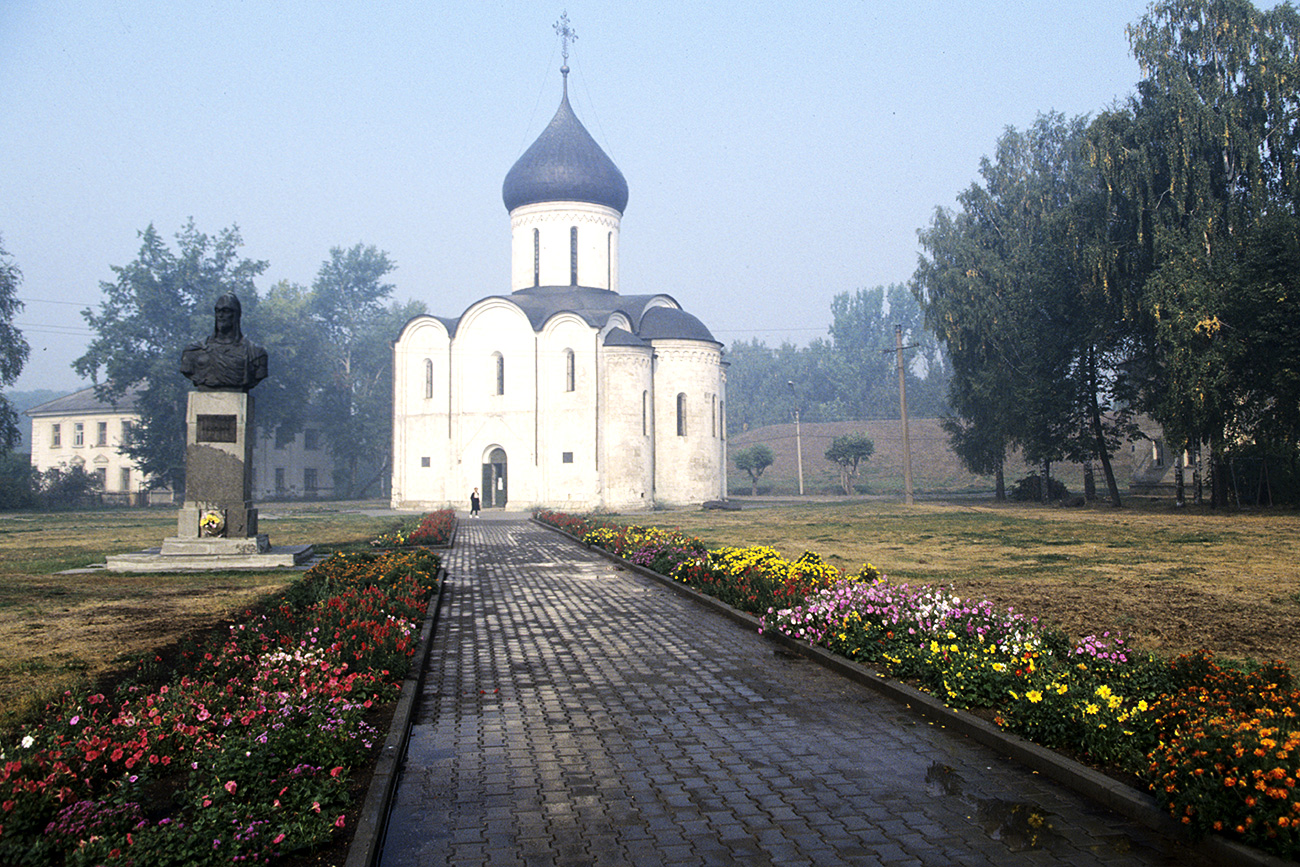 Spaso-Preobrazhensky Cathedral in Pereslavl-Zalessky. / Vladimir Vyatkin/RIA Novosti
Spaso-Preobrazhensky Cathedral in Pereslavl-Zalessky. / Vladimir Vyatkin/RIA Novosti
Pereslavl-Zalessky (90 miles northeast of Moscow) was founded by Prince Yuri Dolgoruky in the middle of the 12th century. The town is part of the Golden Ring route, and the town’s Spaso-Preobrazhensky Cathedral may be included in the UNESCO World Heritage List.
This is the only white-stone church of Northeastern Russia that has been almost fully preserved. In the 13th century, Alexander Nevsky was baptized here. After the cathedral suffered during the invasion of the Golden Horde, it was restored and Theophanes the Greek painted his famous icon of the Transfiguration. Today, it is on display in the Tretyakov Gallery, while the cathedral has its copy.
4. Gorokhovets
 A view of Gorokhovets city from the left bank of Klyazma river. / Yuriy Kaver/RIA Novosti
A view of Gorokhovets city from the left bank of Klyazma river. / Yuriy Kaver/RIA Novosti
This small town in the Vladimir region (230 miles east of Moscow) was included in the tentative list of UNESCO world heritage sites in 2017, and might be considered by UNESCO in 2019.
This town was inhabited by Slavs in the 10th century, and is also part of the Golden ring.
As UNESCO noted, the historic center of Gorokhovets is a unique ensemble of archeology, history, urban planning, landscape and architectural sites. UNESCO experts said the architecture of the historic city center blends in with the natural landscape.
"Gorokhovets, on the high bank of the small Klyazma River, is one of the most scenic ancient towns in central Russia. Fortunately, much of its heritage has survived - not just churches, but also merchants' houses from many centuries. I enthusiastically support its inclusion on the UNESCO list,” Brumfield said.
5. Rostov Veliky (the Great)
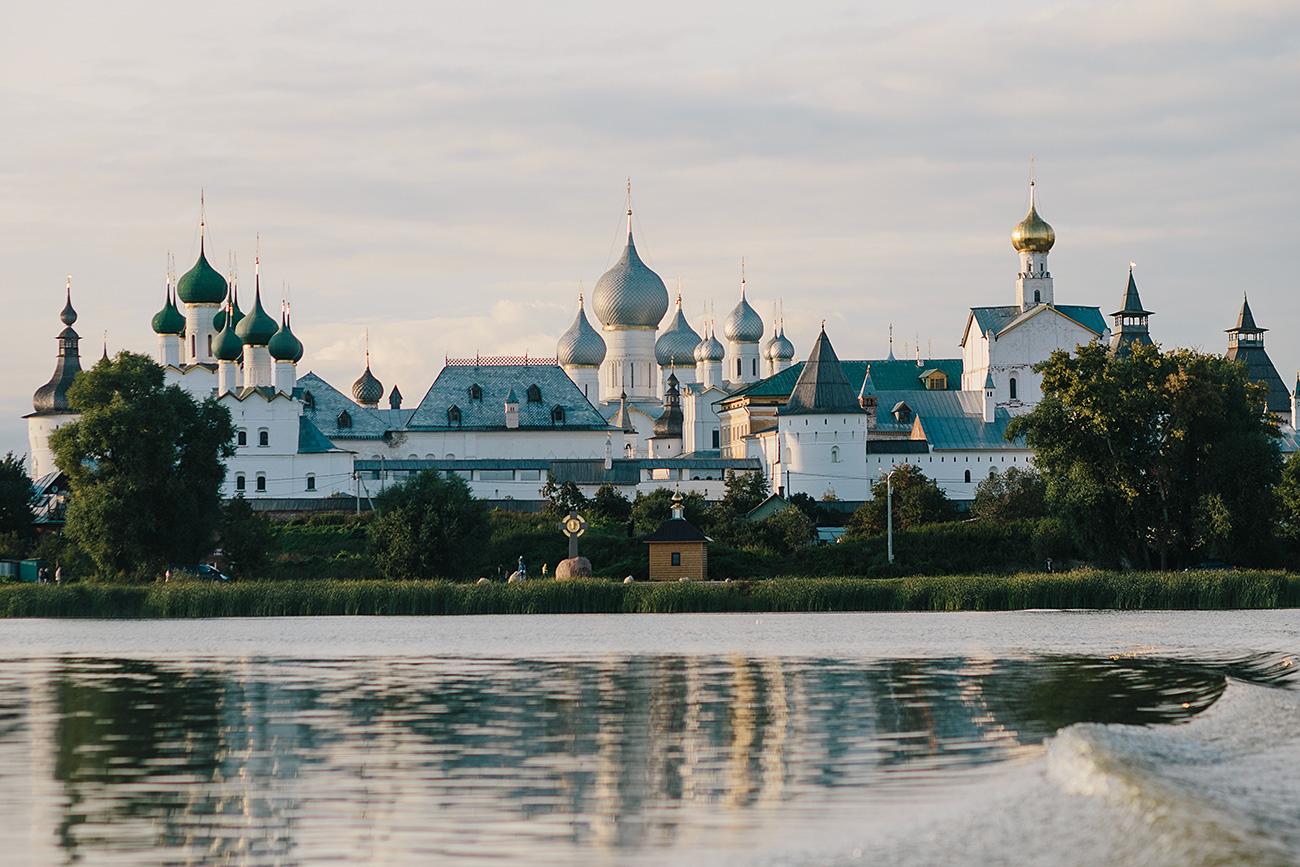 View of the Rostov Kremlin from the Lake Nero in Rostov Veliky. / Varvara Gert'e/RIA Novosti
View of the Rostov Kremlin from the Lake Nero in Rostov Veliky. / Varvara Gert'e/RIA Novosti
The Rostov Kremlin is located on the shores of Lake Nero, and its high fortress walls with 11 towers contain the Metropolitan's residence. The gates in the south and west are flanked by towers.
“The Metropolitan's residence is one of the finest ancient Russian ensembles,” according to UNESCO's website. “It combines masterpieces of ancient Russian architecture and monumental painting.” It was included in a tentative list in 1998.
6. The Oglakhty Range
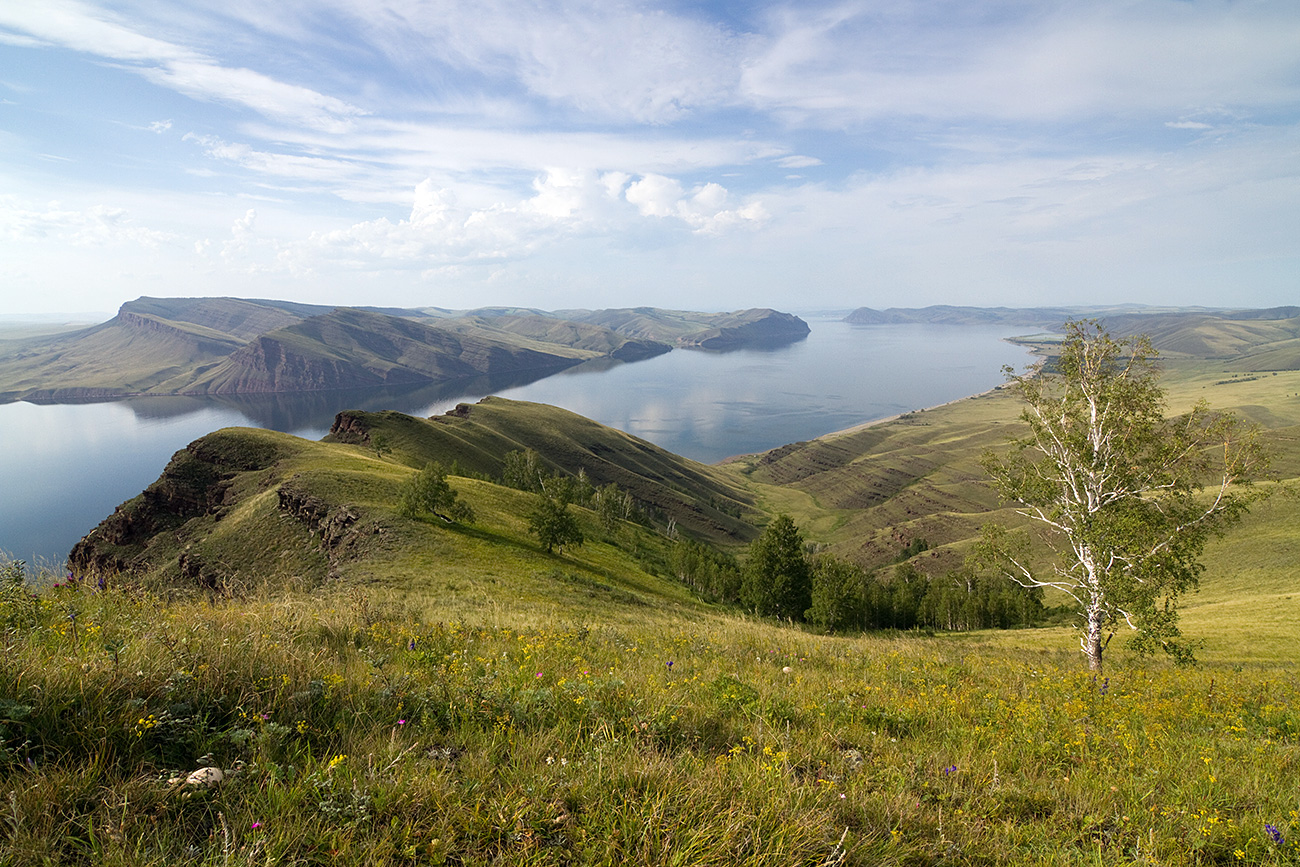 The view of Oglakhty Range. / Legion Media
The view of Oglakhty Range. / Legion Media
Oglakhty is a part of the Khakassky State Nature Reserve, and the range is located 36 miles north of Minusinsk (2,700 miles east of Moscow). In 2016, it was nominated for “great scientific interest in terms of natural heritage.”
Thousands of rock paintings from different historic periods that are found on the vertical rock outcrops and rock fragments bear witness to changes in the environment, husbandry methods, material and intellectual culture of the peoples who inhabited this area.
7. Testament of Kenozero Lake
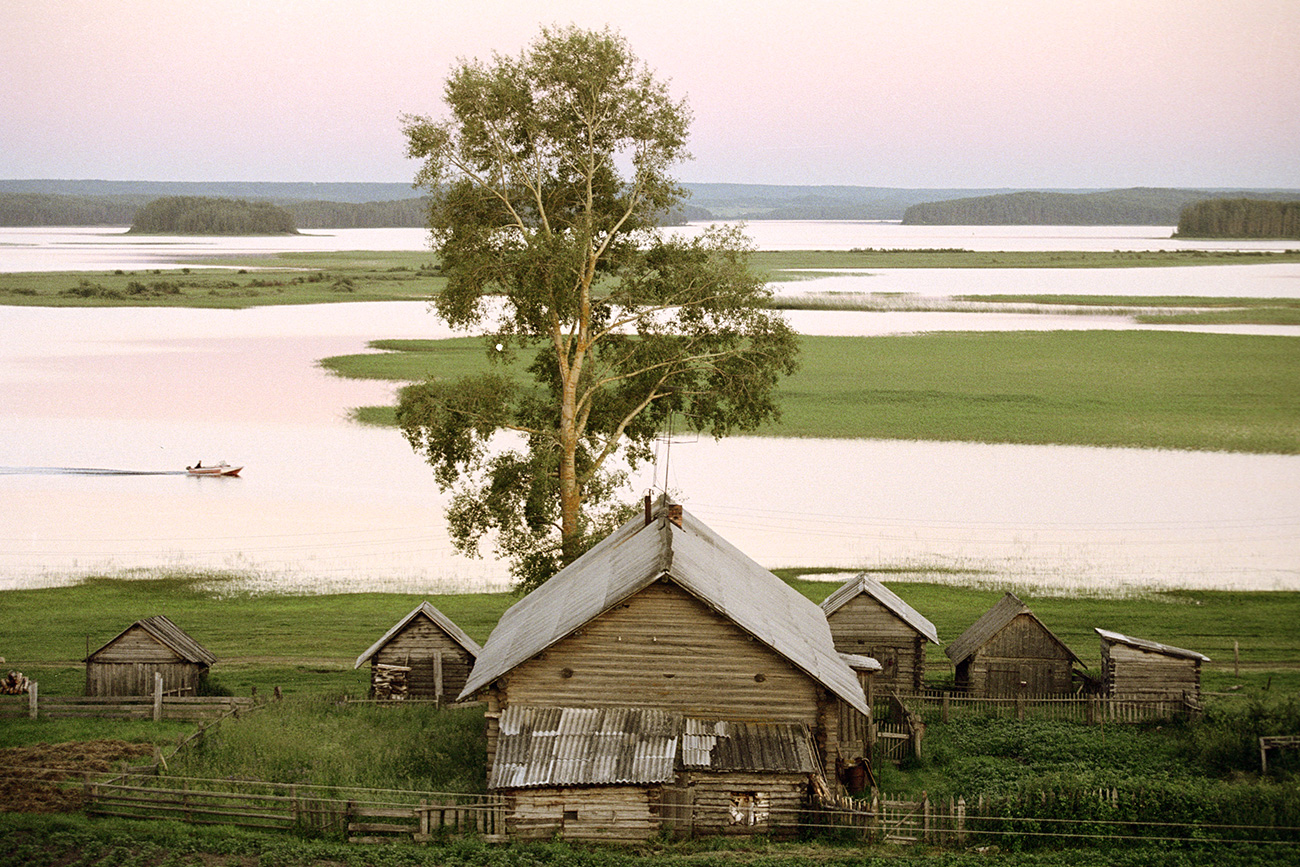 National Preserve Kenozero in the village of Vershinino. / Vladimir Vyatkin/RIA Novosti
National Preserve Kenozero in the village of Vershinino. / Vladimir Vyatkin/RIA Novosti
The National Preserve of Kenozero (550 miles north of Moscow) impresses with its picturesque lakes, wooden chapels, ancient small villages and fluvioglacial hills. Due to geological conditions, the plain forms a specific uplift surrounded by vast wetlands and taiga forests. This fact induces relative isolation and high patchiness of the landscape.
The Kenozero Preserve was created in 1991, and this national park has suitable regulations in order to maintain traditional natural resources management and preserve historical and cultural monuments. Since 2004, it is listed on the list of UNESCO’s biospheric reserves.
8. The Ilmensky Mountains
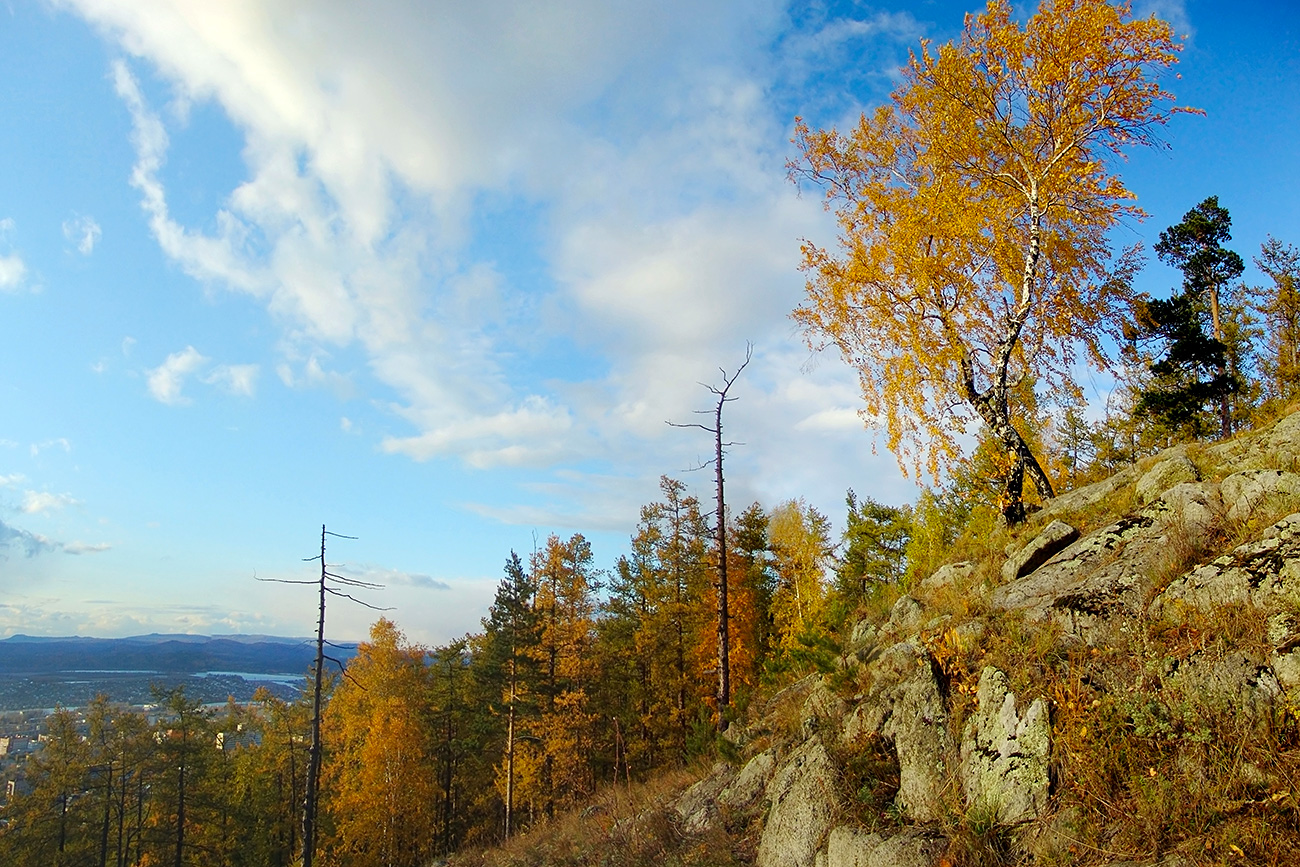 The Ilmensky mountains. / Legion Media
The Ilmensky mountains. / Legion Media
The Ilmensky Mountains are located in the Southern Urals in the Chelyabinsk Region, and the nearest railway is in Miass (1,000 miles east of Moscow). The mountains are a unique geological phenomenon famous for semi-precious and rare metals in the pegmatite lodes. Different metamorphic and plutonic rocks, modified by deformational and metasomatic processes, are host to them. This site was included in the UNESCO tentative list in 2008.
9. Commander Islands
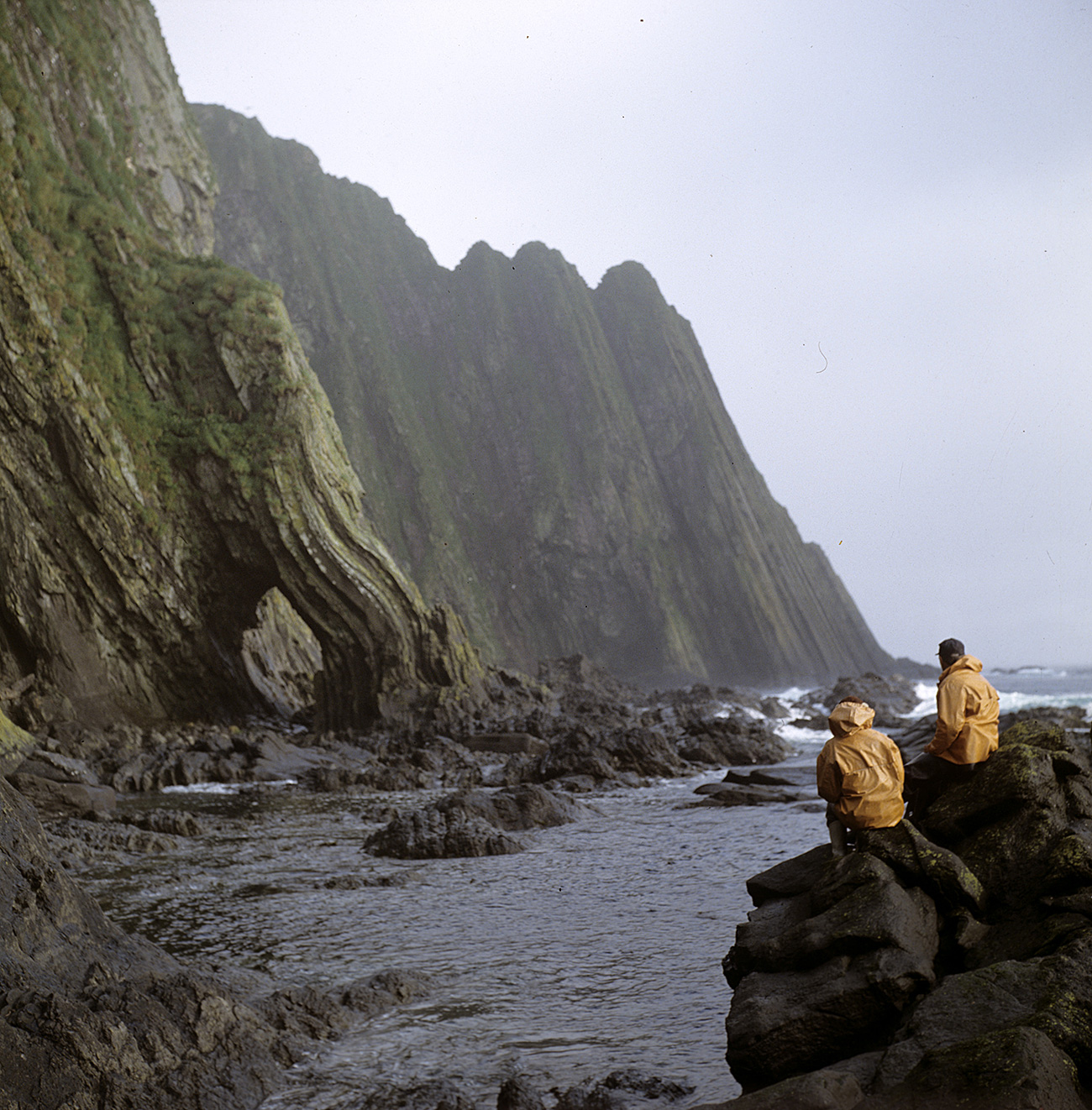 Medny Island in the Commander archipelago on the Bering Sea. / A. Kibalchich/RIA Novosti
Medny Island in the Commander archipelago on the Bering Sea. / A. Kibalchich/RIA Novosti
The Commander Islands archipelago (5,000 miles east of Moscow) consists of 15 islands that crown on a huge submarine volcanic ridge extending from Alaska to Kamchatka. Now, low hills occupy the most part of the Islands' territory. The Commander Islands is a mixture of Russian and Aleutian cultures, and the only place in Russia where a number of American birds are regularly mating. In 2005, the Islands were included in UNESCO's tentative list.
10. The Great Vasyugan Mire
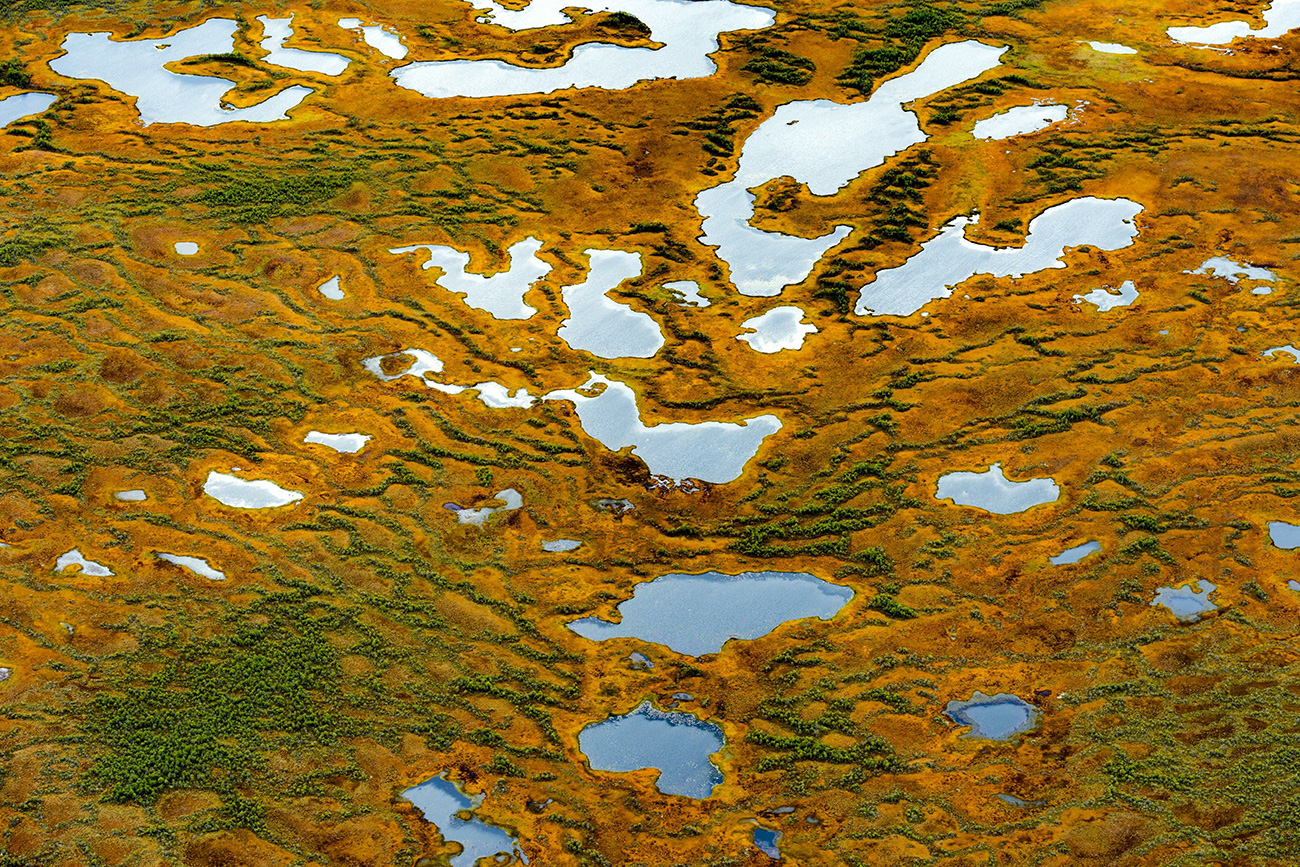 The Vasyugan Mire is the largest swamp in the northern hemisphere. / Serguei Fomine/Global Look Press
The Vasyugan Mire is the largest swamp in the northern hemisphere. / Serguei Fomine/Global Look Press
This is the largest swamp system in the northern hemisphere, and is a geographical phenomenon due to its spread. The Great Vasyugan Mire is located within the boundaries of four Russian regions: Tyumen, Omsk, Tomsk and Novosibirsk.
The mire has been on UNESCO’s tentative list since 2007.
Russia in the UNESCO World Heritage List
Read more: 5 reasons to visit the UNESCO island town of Sviyazhsk
If using any of Russia Beyond's content, partly or in full, always provide an active hyperlink to the original material.
Subscribe
to our newsletter!
Get the week's best stories straight to your inbox